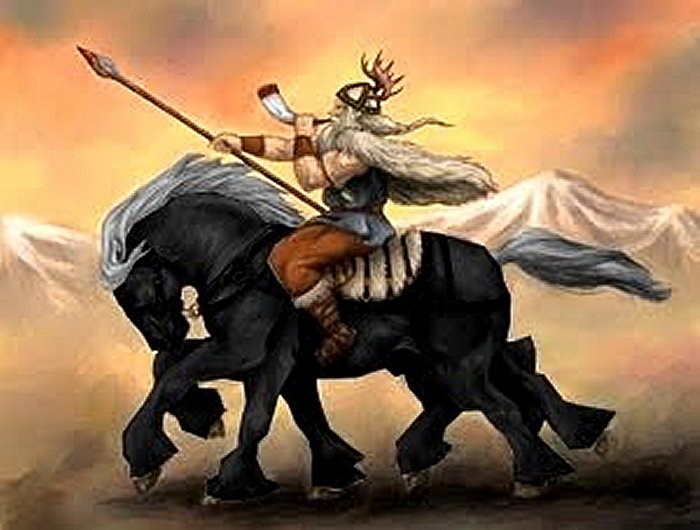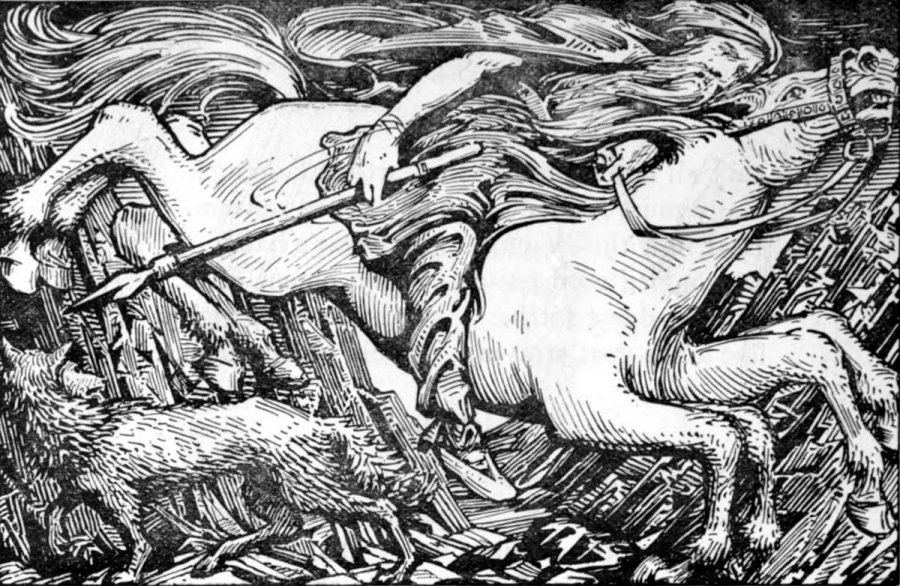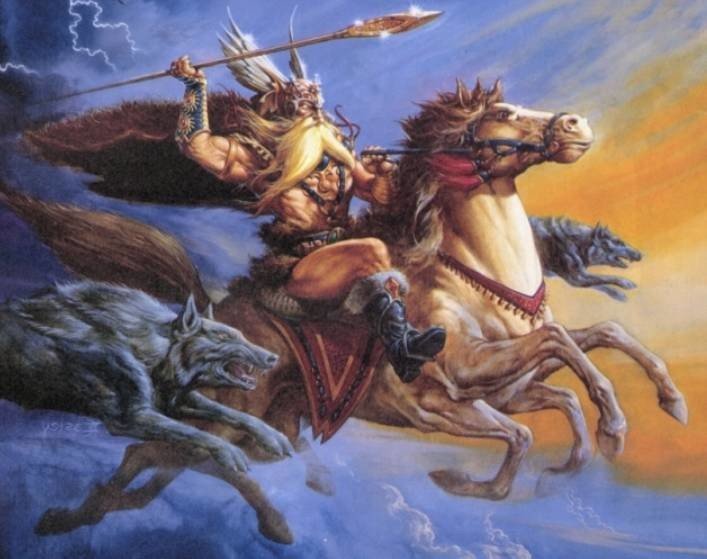Sleipnir: Eight-Legged Horse With Supernatural Strength That Belonged To God Odin
A. Sutherland - AncientPages.com - Riding into battle, Odin was always accompanied by Sleipnir(or Sleipner), an amazing, eight-legged horse of supernatural strength. Odin has also other constant companions, namely, two wolves; Geri (Greedy) and Freki (Ravenous) and two ravens, Munin, (memory) and Hugin, (thought), ever present on the god’s shoulders.
The fastest of all horses and never tired Sleipnir, could carry Odin through the sky, over lands and seas, and to one of the nine worlds, Helheim, the Abode Of The Dead and back. Sleipnir accompanied Odin wherever he went. When Balder died, Odin’s son Hermod rode Sleipnir to the death goddess, Hel to try to gain his brother back to the world of the living.
But how did this marvelous creature come to existence? Sleipnir was born under some very special circumstances.
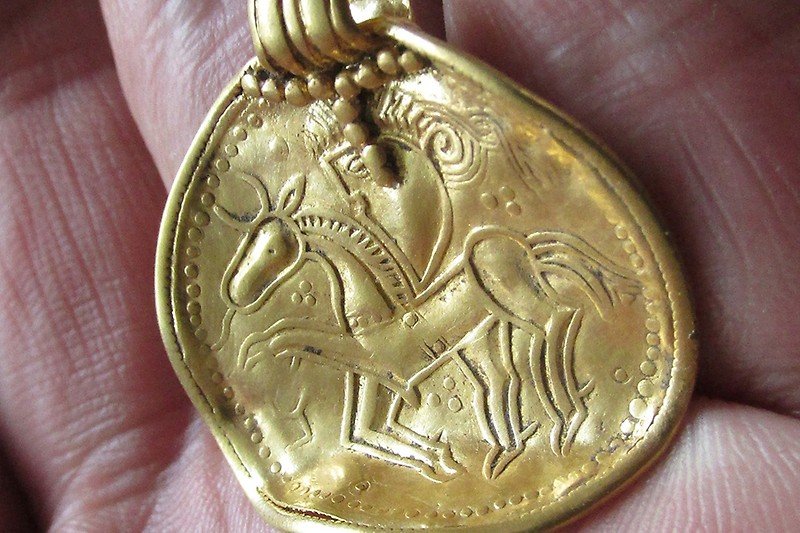
Gold pendant of Odin and Slepnir. Image credit: Bengt Nordqvist
The horse was the extraordinary offspring of a stallion, Svadilfari, and the trickster of Asgard, Loki, who shapeshifted into a mare, to give birth to a magical Sleipnir.
It happened just after the war between the Aesir and the Vanir was over, but Asgard, the Kingdom of the Norse Gods still needed to be protected more permanently. One of the giant builders, Hrimthursar made a proposal to construct an impenetrable wall around Asgard only in three years.
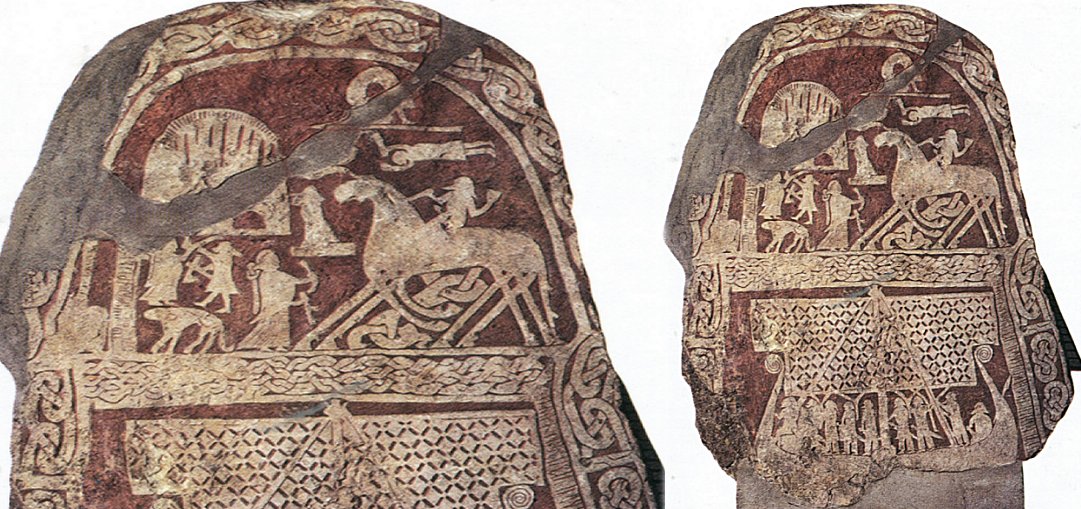
Stone from Gotland, 9th century, depicts a rider on an eight-legged horse, that maybe Odin on Sleipnir, hailing a dead soldier who, along with other warriors ('Einherjar') will be delivered by Valkyries to Valhalla. Tjängvide, Alskog, Gotland.
His price, however, was exceptionally high. He wanted the Moon, the Sun and the hand of the Vanir goddess Freya, who had an ability to manipulate one’s destiny.
The Aesir gods agreed, but under the condition the job must be done by the giant on his own and with the help of only one horse. They did not believe the task could be accomplished. They were wrong; the giant’s horse, Svaðilfar, was a strong and never tired and as winter came, the wall around Asgard was both massive and high and the only way to stop the progress of the giant’s work was to effectively distract his formidable horse from work.
Disguised as a mare, Loki trickster led Svaðilfar astray and the two horses played, chased each other spending their time together.
Without Svaðilfar, the giant was not able to finish his work and he became furious. At this moment, his disguise slipped and the gods could see that he was in fact, a giant.
See also:
Norse Shamanism: A Völva And Her Prophecies Were Feared Among Norse Gods And Vikings
Odin: Norse God Of War And Magic – Most Complex Figure Of The Norse Pantheon
Yggdrasil: Eternal And Sacred Tree Of Life In Norse Mythology
The Aesir called for Thor, brave and righteous god who mastered storms and lightning, fought giants threatening him and upheld the order of the world.
He appeared immediately on the scene, with his hammer raised to reward the giant, but not with the Moon, the Sun and Freya. Instead he smashed the skull of the giant, the impostor.
In the meantime, Loki who had taken the mare’s form, was to give birth to horse Sleipnir, a wonder outclassing all horses ever possessed by gods or men.
Sleipnir and great god Odin became inseparable. It should be added that there are some similarities between Sleipnir and Uchchaihshravas, the divine seven-headed flying horse of god Indra.
Written by A. Sutherland - AncientPages.com Staff Writer
Copyright © AncientPages.com All rights reserved. This material may not be published, broadcast, rewritten or redistributed in whole or part without the express written permission of AncientPages.com
Expand for referencesMore From Ancient Pages
-
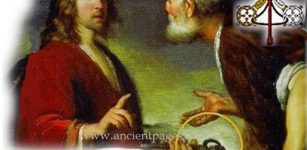 Story Behind The Two Keys On Vatican’s Flag
Ancient History Facts | Feb 28, 2018
Story Behind The Two Keys On Vatican’s Flag
Ancient History Facts | Feb 28, 2018 -
 Underground Civilizations – True Rulers Of Earth – Part 1
Featured Stories | May 7, 2019
Underground Civilizations – True Rulers Of Earth – Part 1
Featured Stories | May 7, 2019 -
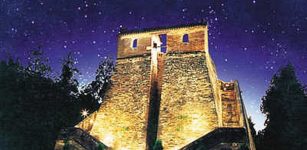 Gaocheng: China’s Oldest Observatory And Large Gnomon Installation Of The Ancients
Ancient Technology | Nov 5, 2016
Gaocheng: China’s Oldest Observatory And Large Gnomon Installation Of The Ancients
Ancient Technology | Nov 5, 2016 -
 Major Archaeological Discovery Of A 7,000-Year-Old Settlement In Miami – But Its Future Is In Danger
Archaeology | Feb 10, 2023
Major Archaeological Discovery Of A 7,000-Year-Old Settlement In Miami – But Its Future Is In Danger
Archaeology | Feb 10, 2023 -
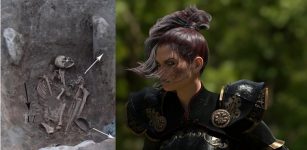 Grave Of Amazon Warrior Who Lived In The Kingdom Of Urartu Discovered In Armenia
Archaeology | Nov 28, 2019
Grave Of Amazon Warrior Who Lived In The Kingdom Of Urartu Discovered In Armenia
Archaeology | Nov 28, 2019 -
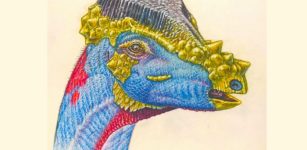 Newly Described Species Of Dome-Headed Dinosaur May Have Sported Bristly Headgear
News | May 24, 2023
Newly Described Species Of Dome-Headed Dinosaur May Have Sported Bristly Headgear
News | May 24, 2023 -
 Birth Of Good And Evil In Iroquois Beliefs
Featured Stories | Sep 23, 2019
Birth Of Good And Evil In Iroquois Beliefs
Featured Stories | Sep 23, 2019 -
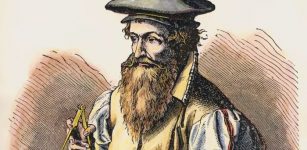 On This Day In History: Gerardus Mercator Famous Mapmaker Of All Time Died – On Dec 2, 1594
News | Dec 2, 2016
On This Day In History: Gerardus Mercator Famous Mapmaker Of All Time Died – On Dec 2, 1594
News | Dec 2, 2016 -
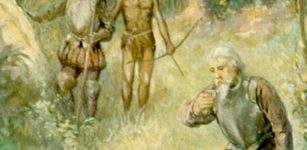 In Search Of The Mysterious Fountain Of Youth
Featured Stories | Apr 27, 2015
In Search Of The Mysterious Fountain Of Youth
Featured Stories | Apr 27, 2015 -
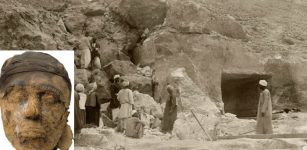 Mystery Of Egyptian Tomb 10A And The Mummy’s Head – A 4,000-Year-Old Crime
Featured Stories | Apr 27, 2022
Mystery Of Egyptian Tomb 10A And The Mummy’s Head – A 4,000-Year-Old Crime
Featured Stories | Apr 27, 2022 -
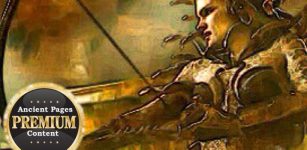 Tuatha de Danann – ‘Gods’ Of Ireland And The Myth Of Danae And Zeus – Could The Early Irish Celts Have Ties To Ancient Greece?
Celtic Mythology | Mar 28, 2017
Tuatha de Danann – ‘Gods’ Of Ireland And The Myth Of Danae And Zeus – Could The Early Irish Celts Have Ties To Ancient Greece?
Celtic Mythology | Mar 28, 2017 -
 Kiln Was Invented In Mesopotamia Around 6,000 B.C.
Ancient History Facts | Mar 7, 2018
Kiln Was Invented In Mesopotamia Around 6,000 B.C.
Ancient History Facts | Mar 7, 2018 -
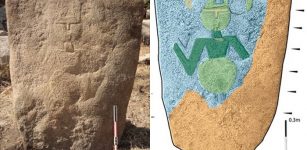 Unique Balchiria Stelae Engraved With A Goat-Like Figure Found On Corsica Is A Puzzle
Featured Stories | Feb 3, 2020
Unique Balchiria Stelae Engraved With A Goat-Like Figure Found On Corsica Is A Puzzle
Featured Stories | Feb 3, 2020 -
 Vatican Secrets – Dangerous Knowledge And Invention That Could Alter History
Featured Stories | Dec 14, 2018
Vatican Secrets – Dangerous Knowledge And Invention That Could Alter History
Featured Stories | Dec 14, 2018 -
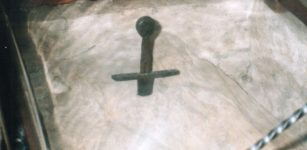 Mystery Of The Real Sword: How Did A Meter Long Sword End Up In Solid Rock?
Artifacts | Apr 15, 2019
Mystery Of The Real Sword: How Did A Meter Long Sword End Up In Solid Rock?
Artifacts | Apr 15, 2019 -
 Remains Of 1,600-Year-Old Roman City Of Neapolis Devastated By A Tsunami Discovered
Archaeology | Sep 7, 2017
Remains Of 1,600-Year-Old Roman City Of Neapolis Devastated By A Tsunami Discovered
Archaeology | Sep 7, 2017 -
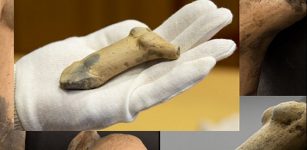 Fragments Of 6,500-Year-Old Figurine Of ‘Venus of Egerszeg’ – Unearthed
Archaeology | Jul 21, 2020
Fragments Of 6,500-Year-Old Figurine Of ‘Venus of Egerszeg’ – Unearthed
Archaeology | Jul 21, 2020 -
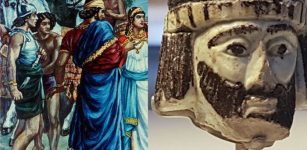 Enigma Of 3,000-Year-Old Sculpted Head Of Biblical King Discovered In Israel
Archaeology | Jun 11, 2018
Enigma Of 3,000-Year-Old Sculpted Head Of Biblical King Discovered In Israel
Archaeology | Jun 11, 2018 -
 Long-Lost Artifact Re-Discovered In Michigan Offers Evidence Of Overseas Visitors In Pre-Columbian Times
Legends And Mysteries Of North America | Jul 16, 2024
Long-Lost Artifact Re-Discovered In Michigan Offers Evidence Of Overseas Visitors In Pre-Columbian Times
Legends And Mysteries Of North America | Jul 16, 2024 -
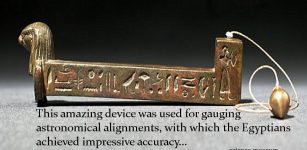 Merkhet – An Ancient Egyptian Timekeeping Instrument
Ancient History Facts | Jul 3, 2018
Merkhet – An Ancient Egyptian Timekeeping Instrument
Ancient History Facts | Jul 3, 2018

